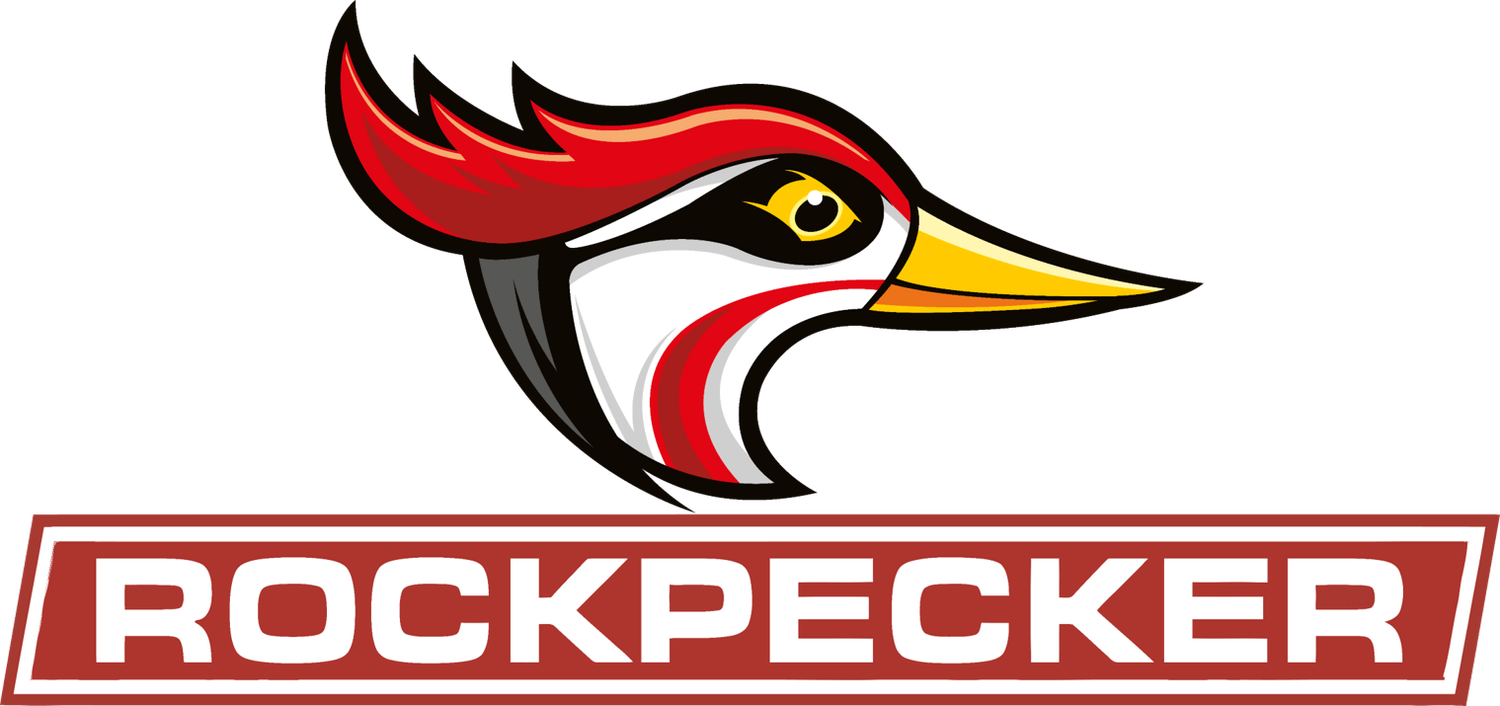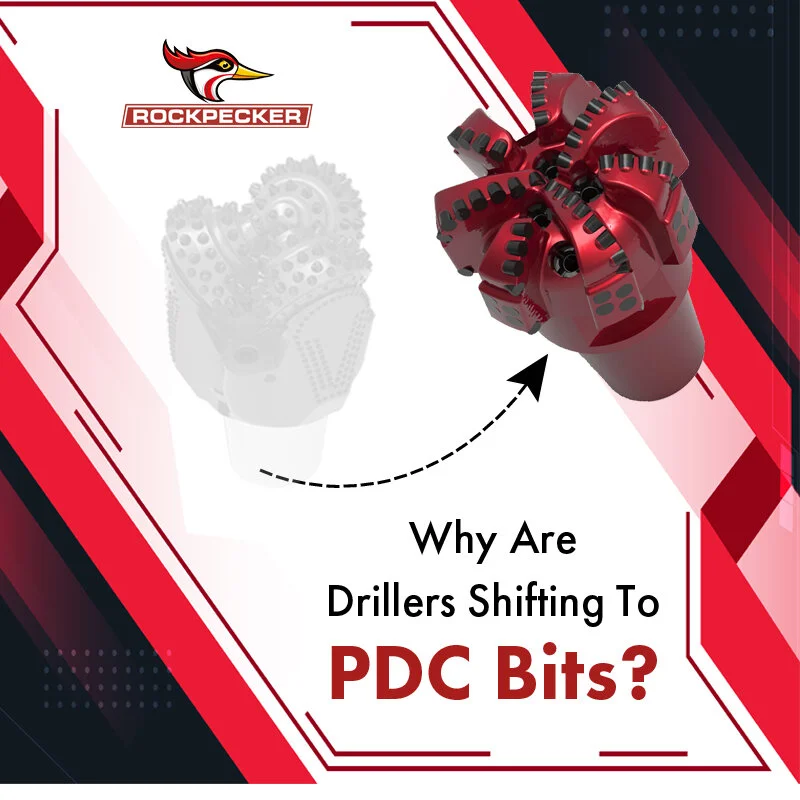Why Are Drillers Shifting To PDC Bits?
/It is a human tendency to not update to newer resources until the older ones necessarily start giving a problem. It requires a certain level of convincing to make the switch. Many drillers, too, are hesitant to try something new such as the PDC, but the wave of change is almost here. Here are a few reasons why drillers should now be considering making the switch.
PDC bits are highly cost-effective as unlike tricones, there are no moving parts. Since the chances of anything wearing out are negligible. Rebuilding a PDC bit is also fairly economical as it takes only one-half the price of buying a new bit. One also doesn’t require large hammers with PDC bits as needed with hammer bits.
When used in suitable formations, PDC bits offer an incredible rate of penetration. Some of the formations in which PDC bits work incredibly well include but are not limited to shale, limestone, sandstone, and clay.
PDC bits need a minimum of 50 RPMs to work correctly. In most cases, they are turned at around 100 RPMs minimum. PDC bits like less weight and more RPMs and this, specifically works well in the HDD industry where most smaller rigs do not have enough weight capability and tend to rotate too fast.
They are not just cost-effective but also promote cost savings as they drill quite fast, saving a lot of time. At any level, one can easily save hours, days, weeks, and months by choosing PDC bits over any other alternative.
Rockpecker has been into designing and making PDC drill bits for numerous different applications for several years now. We innovate while using a top-of-the-line degree of workmanship and skill to make sure every bit is crafted for your use and requirement to perfection by our experienced professionals. Learn more about us by browsing through the website.



